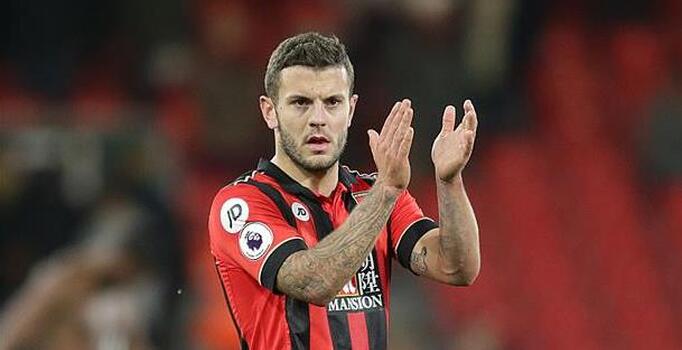EXCLUSIVE: How Bournemouth have managed Jack Wilshere

Written by Simon Austin — March 13, 2017
BOURNEMOUTH have used the latest principles on 'training load' to manage Jack Wilshere’s regime and minimise his risk of injury this season.
The results have certainly been impressive, with the 25-year-old England midfielder suffering just one injury so far this season - an ankle strain, sustained against Manchester City on February 13th, that didn't even result in him missing a game.
Dr Craig Roberts, head of medical services at Bournemouth, told TGG that he and his team have worked closely with their counterparts at Arsenal to try and reduce the overuse injuries that have dogged Wilshere's career.
Last season, the midfielder featured in just three Premier League games, although this was because of a fracture he suffered in August 2015. Go back further and there is a catalogue of 'overuse' injuries, mainly to the player's ankle. In 2013/14, for example, Wilshere had 10 separate injuries, seven of them to his ankle or foot (according to physioroom.com).
Bournemouth have implemented the 'acute-chronic training ratios' developed by Australian sports scientist Tim Gabbett to regulate Wilshere’s training regime and ensure he doesn’t have spikes in ‘load’ as he works toward peak fitness.
Roberts told TGG: “Jack has had a lot of overuse type injuries over the years. He’s had some traumatic ones as well, which every player can get, but he’s a player who is prone to break down if the load is too high.
“For us, particularly given that he hadn’t played a lot leading up to joining us, we were very very strict in terms of the amount of training he would do in the week leading up to a game.
“There is a lot of new interesting data coming out in terms of looking at acute verse chronic load and matching up how much you can do this week based on what you have been doing for the last four weeks.
“We were very strict on what he could and couldn’t do. Jack didn’t like it, because he just wanted to get out and train and play.







-1.png)





